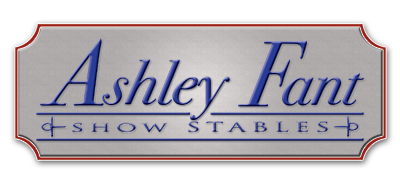21 Aug The Discipline of Hunter & Jumper Riding
Hunter and jumper are disciplines within the style of English “forward seat” riding in which in competition the horse and rider complete a course involving vertical and spread fences. The difference between them is in the way they show and are judged. It boils down to “style” and “grace” versus “bold” and “athletic.”
The discipline that is most directly rooted in the fox hunt, the hunter horse competes in an arena that contains obstacles similar to those that might be encountered on a natural course, like fences and walls. Judging is subjective, with form, style, conformation and manners guiding scoring. Judges look for a horse to move throughout the course in an even, calm manner with few errors such as refusals and knockdowns. A hunter horse and rider must show tempered rhythm as they work through the ring. Unlike jumpers, a hunter must be under very moderated and stable control. A good hunter round is one where the rider and horse make navigating the jumps seem effortless.
The jumper, on the other hand, must complete a course by cleanly clearing more colorful and demanding obstacles set at technical distances within a set time frame, and scoring is objective. Penalty points are assessed if a round includes knockdowns and refusals, as well as for not completing the course in the time allowed. Jumper courses are typically more complex and technical than hunter courses, and horses must be bold and agile, navigating turns and changes in direction with speed and jumps with accuracy in order to avoid knockdowns.
While both the hunter and jumper horses must exude confidence, the jumper must also display a degree of boldness, an attitude that says he wants to jump, and many breeds have been successful jumpers. The hunter is rewarded for his manners and style; the jumper is rewarded for an aggressiveness that carries him successfully over obstacles and through the course with accuracy and speed.
Successfully clearing the obstacles is only one aspect of the hunter’s competition. Judges assess the overall picture which includes a smooth stride, even pace and fluid movements between jumps. These qualities do not factor into a jumper’s score, but they are still important as the ideal jump is considered an extension of the galloping stride. Horses must clear the obstacle using controlled forward movement to ascend, clear and land.
While jumpers are judged on speed, technique and athleticism, hunters are scrutinized on the degree to which they meet an ideal of movement and ease. Turnout is important in both disciplines, as a neat rider makes a good impression, but it is imperative in the hunter class that both horse and rider are turned out impeccably in tack and riding attire. Conservative turnout is essential in the hunter class with equipment being tightly regulated. Jumpers are not scored on turnout and are allowed broader latitude with regard to attire and equipment.
Horses do not turn in to hunters or jumpers on their own. Proper training and a rider with equitation skills can result in a winning combination.
